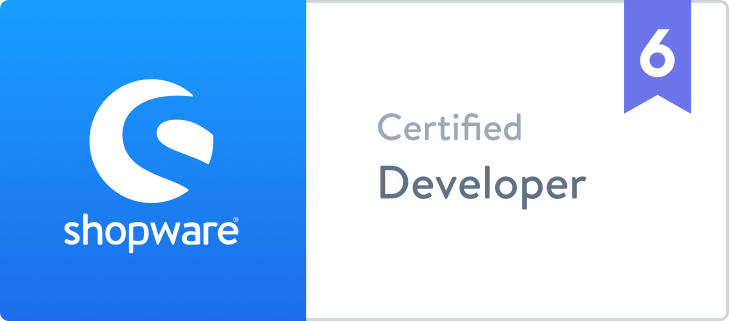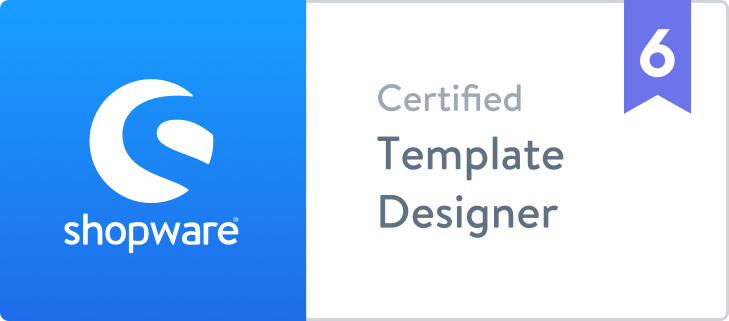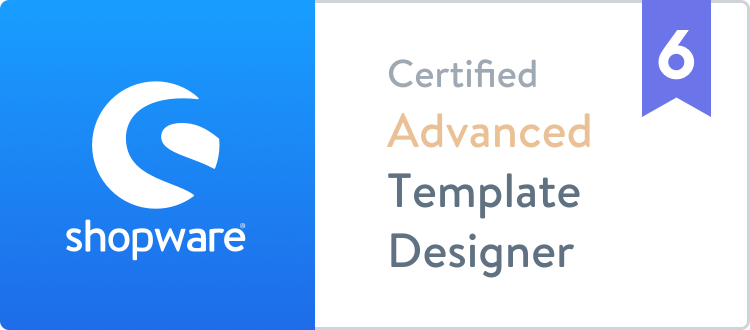
SEO Tips for the Three C’s
Three C’s of Search Engine Optimization are Content, Code, and Credibility. Here are some basic tips for each of these categories.
Content
Google is always looking at what websites have the most relevant content for each search query. Content needs to use natural language and be relevant to the brand and the product, but also use high volume searchable terms for user’s intent. You can be more effective in creating quality content by conducting keyword research. This should include the following:
- What do competitors rank for?
- What we want to rank for? vs Is our content addressing a need for this keyword?
- Would a customer expect to land on your site after searching for this keyword?
- Review or add FAQ’s or question-answer formatted content
Now that keyword research is completed, we want to make sure that the right content is in place. Content considerations on an eCommerce website should be category page content, product page content, FAQ page content, and blog post content.
Category Page will be used for the broad terms as you want to capture users in the research phase of their search. For example, category type “Gold Jewelry.” However, it is important to be strategic here to get the most out of relevance and search volume.
Product Pages should include detail of the actual product but also when appropriate, add additional relevant content.
Blog Posts are important to capture terms that may be difficult to add within products or category pages. These can also be relevant to the brand or industry. For example, it may be informational or relatable (lifestyle).
The FAQ Page is an opportunity to capture user questions about the brand, products, or the related industry. This is also where the website could appear in a featured snippet by using “Answer-Question” based content.
Internal Linking helps Google understand the use of your content. It’s important to use this through category pages, FAQ’s, blogs, and product pages. This allows shared page authority and what keywords are important to capture, creating an easier user flow. It’s important to hyperlink SEO-friendly text when linking to internal web pages as it will lead consumers to the next logical piece of content.
Going into the next section of Code, it is important to mention importance of keyword use within tags such as title tags and headers.
Code
After our content is in place, we must examine the technical side of the website: tagging, redirects, and the site map, to ensure the correct optimizations are in place.
Checking that relevant tagging is in place is very important for SEO. This best practice shows your site is credible and shows keyword/content importance. For example, title tags will be visible in search results, but also show Google what keyword is important for each page. This keyword or search query should be included in other tags such as alt tags and h1 tags for headers.
Canonical tags are necessary to show the preferred URL of a page to prevent duplicate versions of your pages being indexed. Reporting tags to keep track of how your website is being used as important to test. Tags for Google Search Console and Google Analytics are common to use for any business.
Redirect Mapping is important to alleviate all duplicate content or changes made to the site. This allows link juice (or link authority) to flow through to the correct page. It’s important to establish 301 (permanent) vs 302 (temporary): a 301 should be used when determining which domain is your default site: “www.yourwebsite.com” or just “yourwebsite.com”. This is a common mistake, so always double check.
XML sitemap is the primary way a search engine is told which URLs you want them to see on your website. If you don’t want a customer coming to your website and landing on a specific page, make sure it’s not in the sitemap. The sitemap is where you also have the option to tell a search engine how important you feel a URL is and how often you plan to update it.
Credibility
Credibility is the most influential factor in search ranking. Search engines look for votes of confidence like inbound links, direct traffic levels, and web mentions to determine the importance of a site. It’s more than just the quantity of referrals. Working with third party sites to link to your website is a big part of improving your rank on Google. These websites need to be relevant and authoritative in the brand’s space. This is a referral for your brand, so these links need to be trustworthy to Google and users. Highly authoritative backlinks prove your site is reliable and trustworthy.
As we work on nearly any website, there will be spam links or bad quality links that will link to the site. There are various tools like SEMRush that will segment the sites linking to us so we disallow them in Google Search Console. This will instruct Google to ignore these sites pointing to us, otherwise our authority is penalized.
Credible reviews are a ranking factor as well, especially in the eCommerce world. Not only do these reviews help users, but they demonstrate accountability to Google and add additional content for the site.
This guide of the three C’s shows some helpful SEO tips. There are far more best practices, some tied to specific industries to be aware of.
Have our team do a full website audit for you! Contact us to learn more.
Tags:











